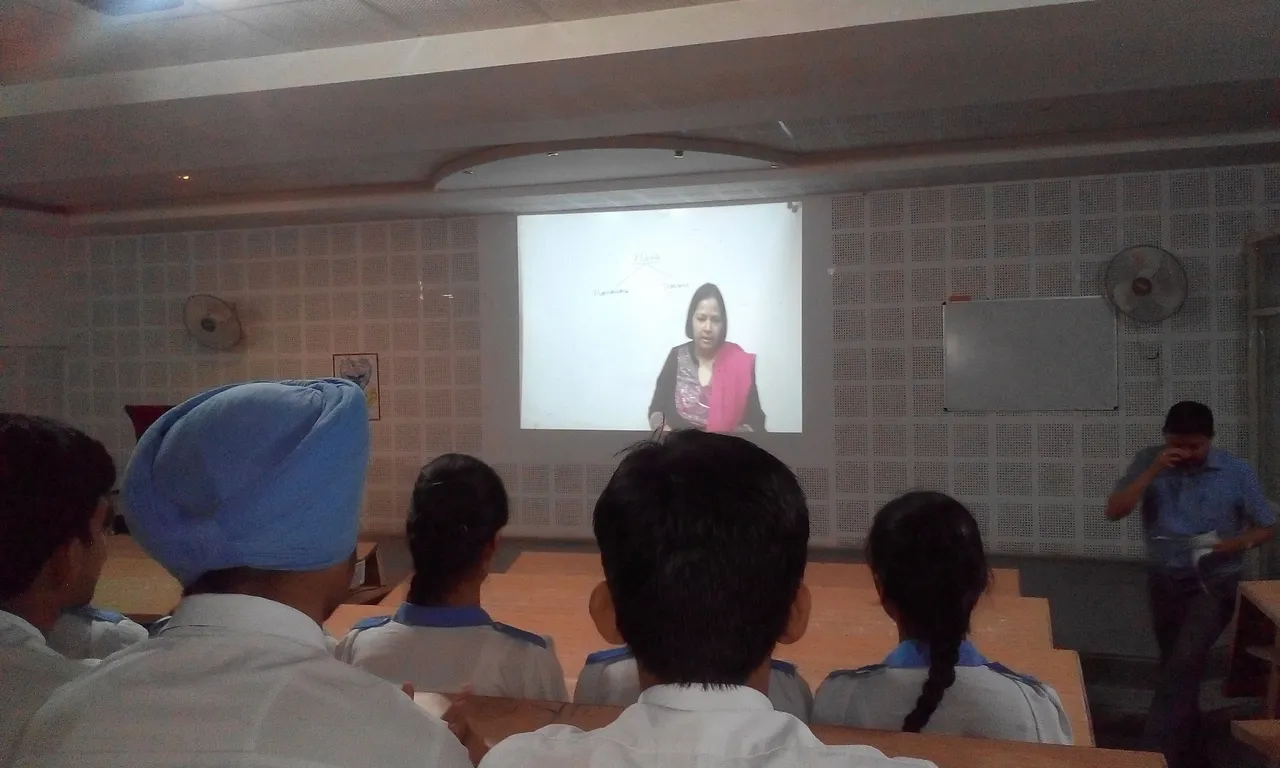
Co-Teaching: An effective instruction tool for engaging students
Coteaching is a teaching strategy in which two or more educators work together to deliver instruction to a single class of students. This approach is particularly popular in K-12 schools, where it is often used to support students with diverse learning needs, such as English language learners and students with special needs.
There are several key benefits to coteaching in K-12 schools. One of the most significant is that it allows for a more individualized approach to instruction. With two or more teachers working together, students are more likely to receive instruction that is tailored to their specific needs. This can lead to increased engagement and improved academic performance.
Another benefit of coteaching is that it allows for a more collaborative approach to teaching. When teachers work together, they can share ideas and strategies, which can lead to more effective instruction. This can also create a more positive and supportive learning environment for students.
Coteaching can also be beneficial for teachers, as it allows for a more balanced workload and can help to reduce feelings of isolation. When teachers work together, they can share the responsibilities of lesson planning and assessment, which can help to reduce stress and burnout.
Despite these benefits, there are also some challenges that can arise with coteaching. One of the biggest challenges is coordinating the schedule and responsibilities of multiple teachers. This can be particularly difficult in schools with limited resources, such as time and space.
Another challenge is ensuring that all teachers involved in coteaching are on the same page with regard to instruction and assessment. This can be difficult when teachers have different teaching styles and philosophies. Clear communication and ongoing professional development can help to overcome these challenges.
Overall, coteaching is a promising strategy for K-12 schools. Allowing for a more individualized and collaborative approach to instruction can lead to improved academic performance for students and a more positive and supportive learning environment. However, it is important to be aware of the challenges that can arise and to have clear communication and ongoing professional development to overcome them.








